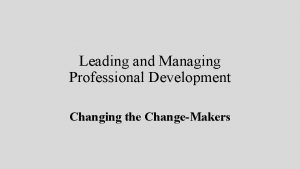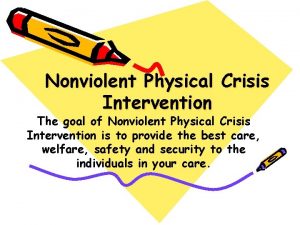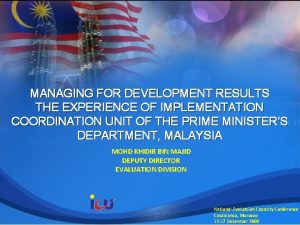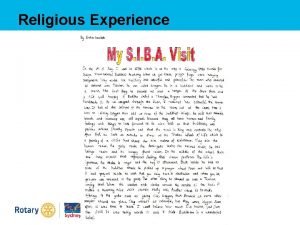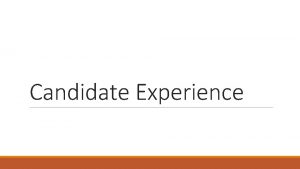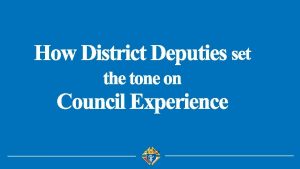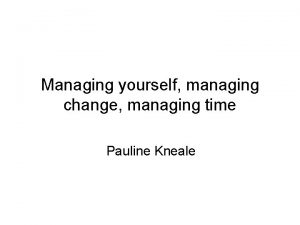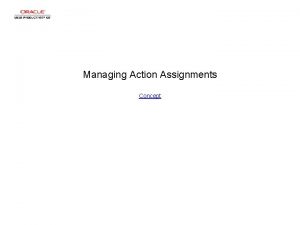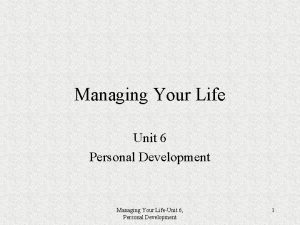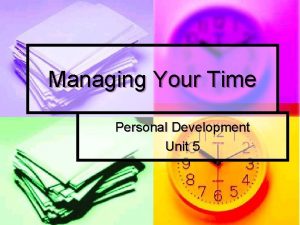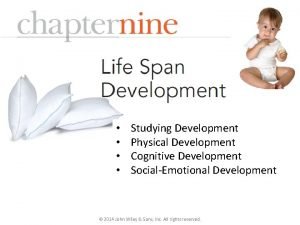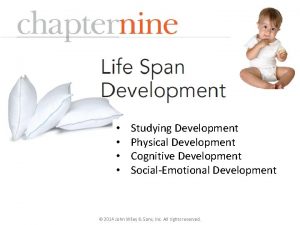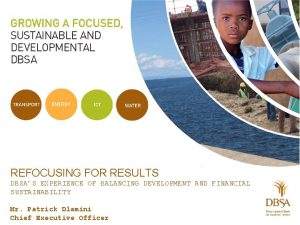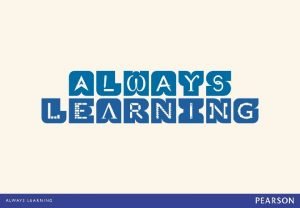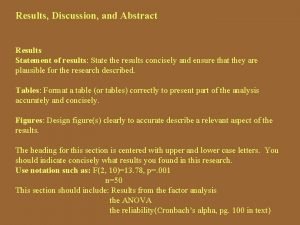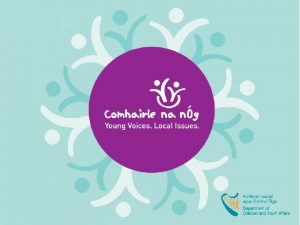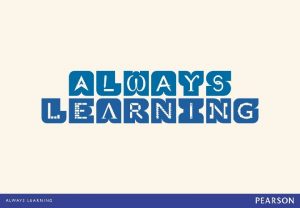DANIDAs Experience of Results Managing for Development Results




















- Slides: 20

DANIDA’s Experience of Results Managing for Development Results Peter Ellehøj – Quality Assurance Department November 2011

Outline: • The intricacies of setting up a results framework • Results: – For whom? – What results? – By whom? – How to tell the story?

Setting up a Results Framework • Danish Development Cooperation decentralised in 2003 • Common and transparente set of guidelines (www. amg. um. dk) • Setting a Performance Management Framework in 2005 • Linking Field and HQ



Managing for Development Results 1. Setting goals and agreeing on targets and strategies; 2. Allocating the available resources to activities that will contribute to achievement of the desired results; 3. Monitoring and evaluating whether the resources allocated are making the intended difference; 4. Reporting on performance to the public; (donors, stakeholders, and taxpayers) 5. Feeding back information to decision making for better results.

1. Setting goals and agreeing on targets and strategies;

2. Allocating the available resources MFA Goals and Targets System (MRS) Overall goals (plan of action) Centrally set targets Embassy Results & Planning Contracts MRS & VPA Country frame Embassy Staffing Embassy Operational Resources Danida Advisors 8 Country Assessments Sector frames commitments Programme Assessments Local Grants Indicators Monitoring at programme / project level

3. Monitoring and evaluating

3. Monitoring and evaluating

4. Reporting on performance to the public

5. Feeding back information to decision making Process Action Plan Budget support assessment Climate & Environment Analytical work Screening Evaluation Report Evaluation Programme Completion Report Lessons learned Audit Report Review Report Progress and Financial Reports Knowledge sharing 1. Preparation Phase Strategic Choices Gender Plan Memorandum of Understanding Concept Paper Preparatory Studies, feasibility 5. Completion Phase 2. Formulation and appraisal Phase Formulation TOR Joint Decision. Process making Body/Steering Committee Appraisal Process Annual Audit Annual Review Annual Work Plan and Budget Inception Report 4. Implementation Phase Monitoring Government & implementing Partner Agreements Analysis of aid modality and delivery Draft Programme Documents 3. Appraisal Report Financing Decision Appropriation Process Appropriation Committee Recommendation Danida Board Recommendation Danish Minister’s Approval Final Programme Documents Danish Finance Committe Approval Appropriation Note

Results Framework – Work in progress • Three purposes: Framework – FAQ – Action Plan • Difficult storytelling – balance – Few inspirations • Appreciate feedback • Beta version – reviewed after HLF Busan

Results – For whom? • Domestic perceptions – Corruption & administration – Still strong backing – Variegated: Ms Jensen, Press, Parliament and Auditors • Partner countries – Mutual accountability & Transparency in practice • Planting the flag? • How to make it relevant? • International – CRS++ and IATI • Staff – Why are we doing this?


Results – What results? • Output, outcome and impact • Perspective on administration and misuse • Adressing risk – risk management to achieve sustainable results



Results – By whom? • Quality of data – getting stakeholders aboard – Field offices – Partners • Implications for programming setup (guidelines) • Mutual Accountability & Transparency

Results – How to tell the story? Perspectives: • Linking efforts – Risk management – Results – attribution vs. contribution • HLF Busan
 Imprinting meaning psychology
Imprinting meaning psychology Early experience vs later experience
Early experience vs later experience Direct experience vs indirect experience
Direct experience vs indirect experience Managing professional development
Managing professional development Cpi supportive stance picture
Cpi supportive stance picture Rational detachment examples
Rational detachment examples Kontinuitetshantering i praktiken
Kontinuitetshantering i praktiken Typiska drag för en novell
Typiska drag för en novell Nationell inriktning för artificiell intelligens
Nationell inriktning för artificiell intelligens Ekologiskt fotavtryck
Ekologiskt fotavtryck Varför kallas perioden 1918-1939 för mellankrigstiden?
Varför kallas perioden 1918-1939 för mellankrigstiden? En lathund för arbete med kontinuitetshantering
En lathund för arbete med kontinuitetshantering Personalliggare bygg undantag
Personalliggare bygg undantag Tidbok för yrkesförare
Tidbok för yrkesförare Anatomi organ reproduksi
Anatomi organ reproduksi Vad är densitet
Vad är densitet Datorkunskap för nybörjare
Datorkunskap för nybörjare Tack för att ni lyssnade bild
Tack för att ni lyssnade bild Debattartikel struktur
Debattartikel struktur Delegerande ledarstil
Delegerande ledarstil Nyckelkompetenser för livslångt lärande
Nyckelkompetenser för livslångt lärande



